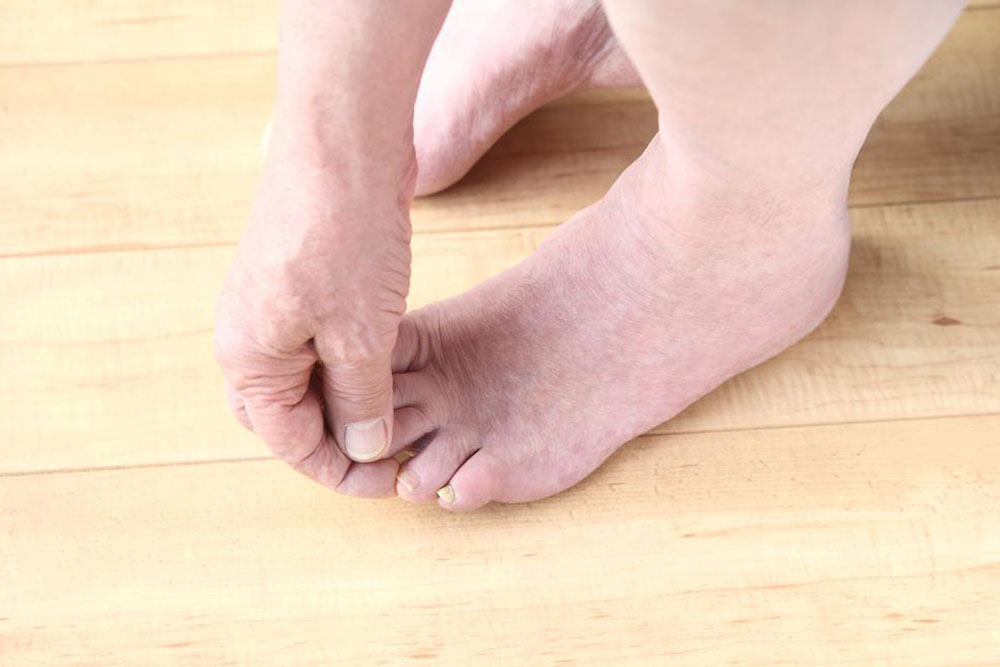Effective Strategies to Manage Peripheral Neuropathy in Diabetes
Explore practical methods to manage peripheral neuropathy in diabetes, including blood sugar regulation, lifestyle changes, medications, and natural remedies. Early intervention and consistent care can significantly reduce nerve pain and improve quality of life for diabetic patients.

Effective Strategies to Manage Peripheral Neuropathy in Diabetes
Understanding diabetic nerve damage
Diabetic nerve issues, known as diabetic neuropathy, affect individuals with both type 1 and type 2 diabetes. This condition involves nerve damage that can lead to sensations of numbness, tingling, or pain throughout the body. It often develops gradually when high blood sugar levels are not properly controlled over time, leading to nerve deterioration.
Focusing on peripheral nerve pain
While diabetic neuropathy can take several forms—peripheral, proximal, autonomic, and focal the most common is peripheral neuropathy. It manifests as pain or numbness mainly in the limbs, such as hands, legs, and feet.
Approximately 60% of individuals with diabetes are prone to developing peripheral nerve damage. Usually, this condition appears more frequently among older adults with diabetes. Early diagnosis can be difficult due to the lack of noticeable symptoms initially. Later signs include sharp pains, burning sensations, numbness, tingling, muscle twitching, increased sensitivity, balance issues, and cramps. If you notice any of these symptoms, consult a healthcare professional promptly for evaluation.
How to reduce peripheral nerve pain associated with diabetes?
While there is no definitive cure for diabetic neuropathy, managing symptoms effectively is achievable with medical support and lifestyle modifications. Here are some helpful remedies to alleviate nerve discomfort:
Regulating blood sugar levels: Since persistent hyperglycemia is the root cause, controlling blood sugar is crucial. Working with your doctor to establish a suitable medication and insulin regimen is essential.
Medication management: Your doctor may prescribe anti-seizure drugs or antidepressants, which can ease nerve pain. Always follow medical advice and report any side effects, avoiding self-medication.
Dietary adjustments: Your diet significantly impacts blood glucose levels. Focus on consuming fresh vegetables, fruits, lean proteins, fish, and healthy fats while reducing intake of refined sugars and processed foods. Preparing meals at home offers better control over ingredients and portions, complemented by adequate hydration to support detoxification and circulation.
Low-impact physical activity: Regular gentle exercise such as walking, swimming, or cycling can boost blood flow, help control weight, and reduce nerve pain. Exercise can also improve mobility and nerve function over time.
Abstaining from alcohol and tobacco: Both habits worsen nerve health by dehydrating the body and impairing nerve function. Eliminating these can prevent further nerve damage.
Use of essential oils: Gentle massage with oils like lavender, peppermint, eucalyptus, or chamomile may help reduce pain and inflammation in affected areas.
Maintaining good hygiene: Proper skin care is vital, as nerve pain can lead to skin issues like blisters or sores. Regularly wash affected areas, trim toenails, and wear comfortable, non-tight footwear.
Practicing meditation: Stress management techniques like meditation can improve mental health, reduce pain perception, and motivate consistent management of diabetic symptoms.










